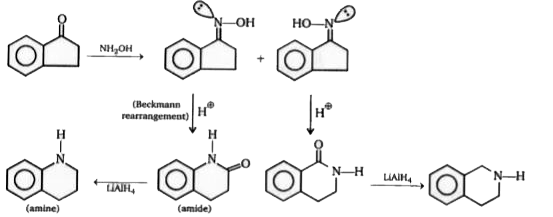 . Product (A) & (B) are :Solution in Kannada
. Product (A) & (B) are :Solution in Kannada
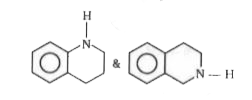



The correct Answer is:A
Topper's Solved these Questions
- ALDEHYDES AND KETONESBook:MS CHOUHANChapter:ALDEHYDES AND KETONESExercise:LEVEL-2
Explore 20 Videos
- ALCOHOL,ETHERS AND EPOXIDESBook:MS CHOUHANChapter:ALCOHOL,ETHERS AND EPOXIDESExercise:SUBJECTIVE PROBLEMS
Explore 1 Video
- ALKYL HALIDES (ELIMINATION REACTION) Book:MS CHOUHANChapter:ALKYL HALIDES (ELIMINATION REACTION) Exercise:LEVEL-2
Explore 25 Videos
Similar Questions
Select the best choice for example (A to L) from the examples (a to n) given below. Write your choice in the box given.


View Solution
Maximum number of moles of Ac2O consumed by reactant (A) is :
View SolutionComprehension
E2 raction → Elimination bimolecular
In the general mechanism of the E2 reaction a strong base abstract a proton on a carbon atom adjacent to the one of the leaving group. As the abstracts a proton , a double bond forms and the leaving group leaves.
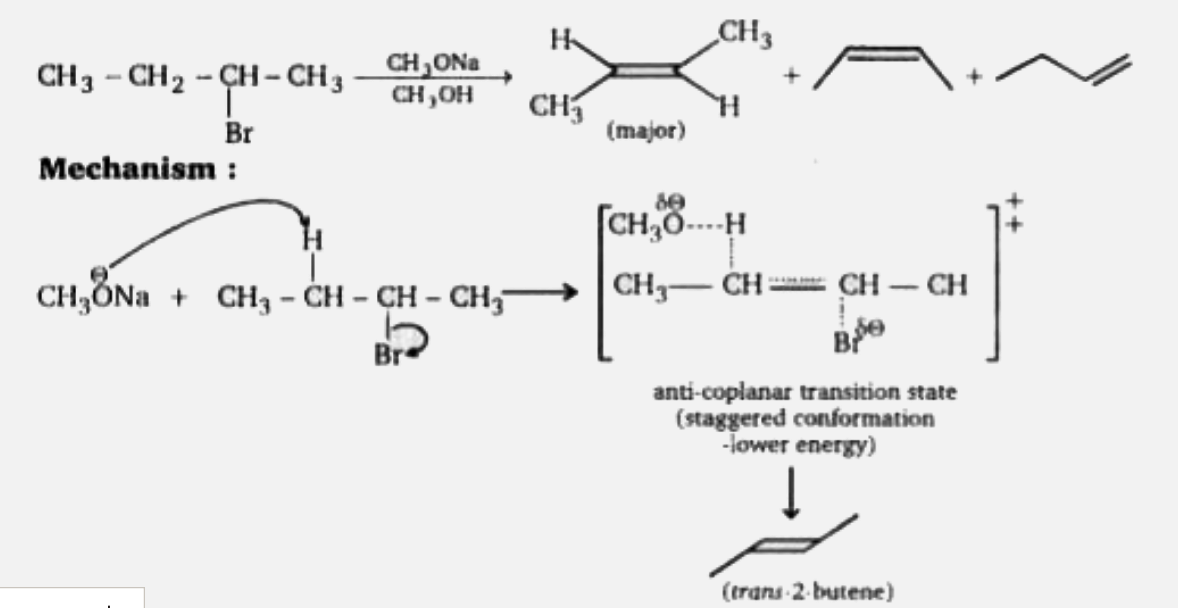
Identify the rate of reaction of given compounds in E2 reaction:
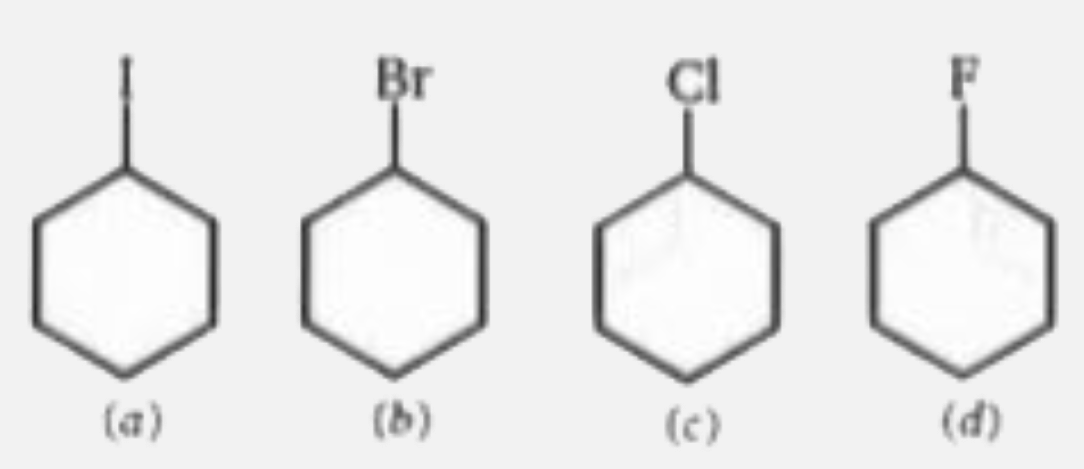
View SolutionIn the following sequence of reactions, products (B) to (E) are formed:
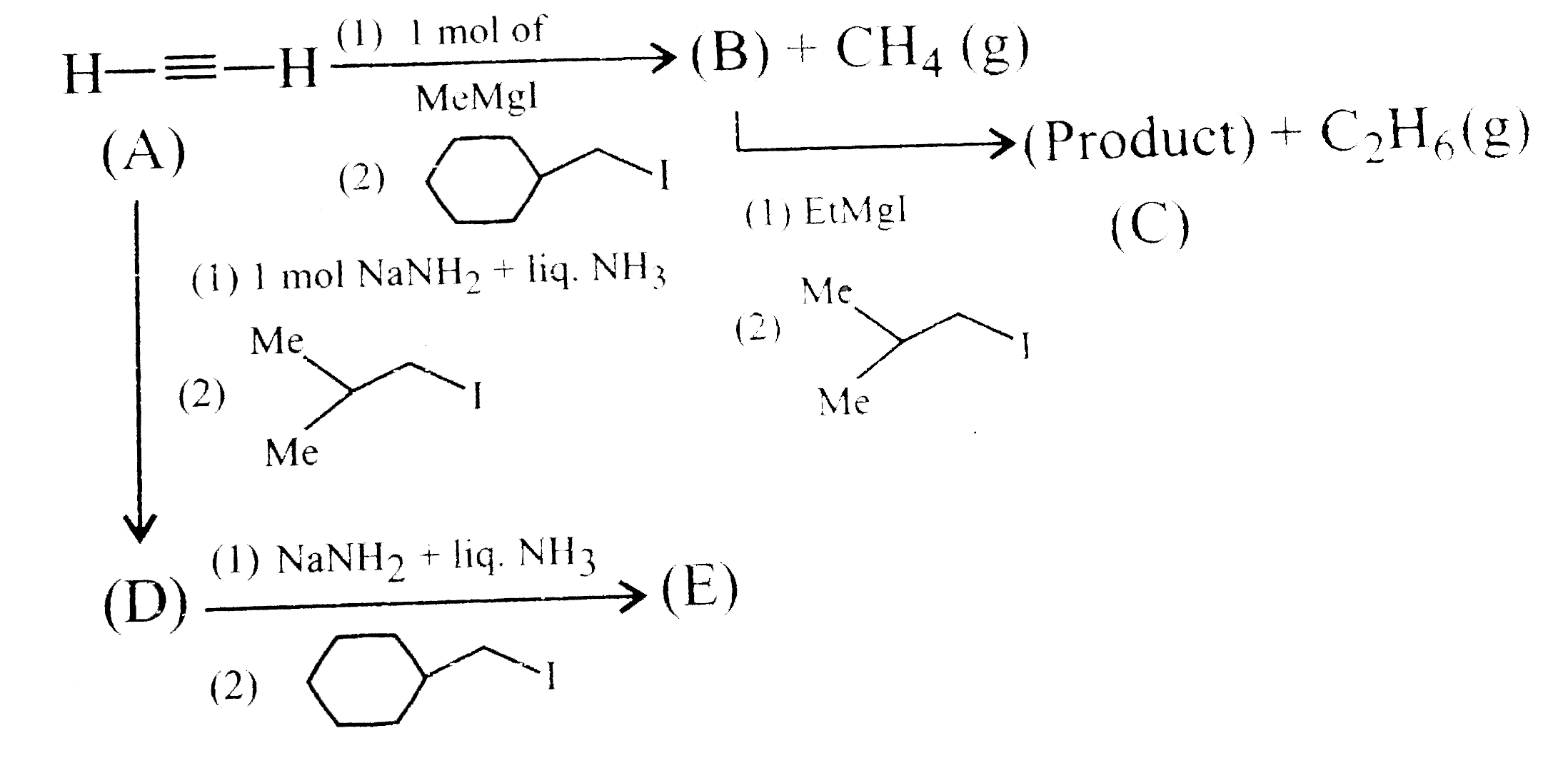
Product (B) is:
View SolutionIn the following reaction sequence, the products (B) to ( E) are formed. . The structure of product (B) is :
View Solution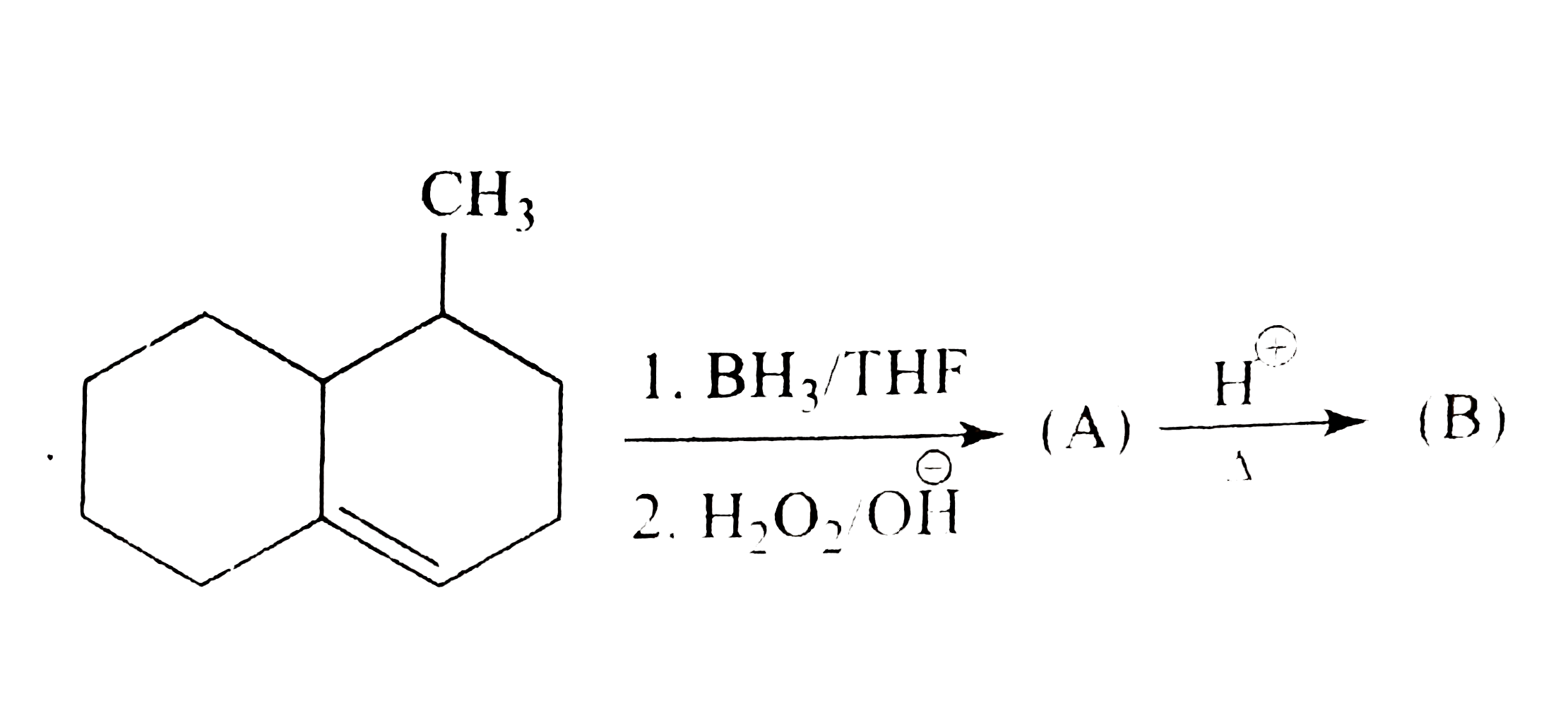 The product (B) is :
The product (B) is :
View Solution
The products (A), and (B) are:
View Solution
The products (A),and(B) are:
View Solution , Product (B) is :
, Product (B) is :
View Solution (B), Product (B) in this reaction is:
(B), Product (B) in this reaction is:
View Solution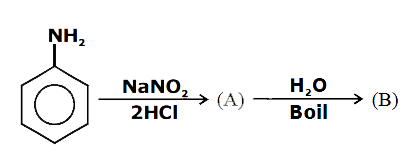
Product (B) will be :
View Solution
(Major product). The major product (B) is
View Solution
Product (B) is
View Solutionगुणनफल ज्ञात कीजिए-
(a+b)(a−b)
View SolutionIn the following sequence of reactions, products (B) to (E) are formed: Product (B) is:
View SolutionIn the following reaction sequence, the products (B) to ( E) are formed. . The structure of product (B) is :
View Solution
